





Shopify to Bigcommerce
Migrating your store from Shopify to Bigcommerce might seem daunting, but with proper planning and the right tools, it's a smooth process. Follow this step-by-step guide to ensure a successful transition.
Schedule a call
Step-by-Step Migration Guide: Shopify to BigCommerce Migration Guide
Step 1: Preparing Your Shopify Store for Migration
Before initiating the migration process, we must ensure that our Shopify store is fully prepared. This involves backing up all essential data, cleaning up unnecessary information, and assessing our store's current setup to streamline the migration.
Step 2: Setting Up Your BigCommerce Store
Setting up your new BigCommerce store is the next critical step. This includes creating an account, selecting a plan, and configuring essential settings to match your business requirements.
Step 3: Migrating Data from Shopify to BigCommerce
This step involves the actual data migration process. We'll utilize a reliable migration tool to ensure that all essential data is transferred accurately and efficiently from Shopify to BigCommerce.
Step 4: Setting Up 301 Redirects
After migrating your data, it's important to set up 301 redirects to preserve SEO rankings and ensure a seamless user experience for returning customers.
Step 5: Testing Your New BigCommerce Store
Before launching, it's essential to thoroughly test your new BigCommerce store to ensure all functionalities work as intended, providing a seamless shopping experience for your customers.
Step 6: Monitoring SEO and Performance
After launching your BigCommerce store, it's vital to monitor SEO performance and make adjustments to ensure continued visibility and traffic.
Power Your Step - Get in Touch
Ready to make your migration seamless? Contact PowerCommerce for expert support to ensure a smooth transition from Shopify to BigCommerce.
Step 1: Preparing Your Shopify Store for Migration
To begin the migration from Shopify to BigCommerce, preparing your Shopify store is crucial for a smooth transition. This step ensures that all vital data is backed up, unnecessary clutter is removed, and the overall setup is optimized for migration.
Start by logging into your Shopify admin panel and performing the following:
- Data Backup: It's vital to back up your Shopify store data, including products, orders, customer information, and content. You can do this by exporting your data to CSV files using Shopify's built-in export feature. For example, navigate to Products, select Export, and choose the data type you wish to export.
- Cleaning Up Data: Review your products, customers, and orders. Remove any duplicates, outdated products, or irrelevant customer data that you no longer need. This will facilitate a cleaner migration and prevent unnecessary clutter in your new BigCommerce store.
- Documenting Customizations: If you've made any customizations to your Shopify store, such as custom themes or scripts, document these thoroughly. This documentation will be essential for recreating these features in BigCommerce.
Finally, ensure that you have administrative access to both your Shopify and BigCommerce accounts to facilitate a seamless migration process.

Step 2: Setting Up Your BigCommerce Store
After preparing your Shopify store, the next step is to set up your BigCommerce store. This involves creating an account, selecting an appropriate pricing plan, and configuring the basic settings that will support your business operations.
Follow these steps:
- Create Your Account: Visit the BigCommerce website and create an account. Choose a plan that aligns with your business needs, whether it’s Standard, Plus, Pro, or Enterprise.
- Basic Configuration: Once your account is set up, log into the BigCommerce dashboard and navigate to the Settings section. Here, you can configure vital settings such as:
- Store Name: Set your store name, which will appear on your storefront and in customer communications.
- Currency and Taxes: Configure your store's currency and set up tax rates according to your business location and target markets.
- Payment Gateways: Set up payment gateways that you intend to use, such as PayPal, Stripe, or Square. Each gateway will have specific configuration steps, so ensure to follow the prompts carefully.
- Shipping Settings: Define your shipping methods, rates, and regions. BigCommerce offers robust shipping options that can be tailored to your business needs.
- Choosing a Theme: Explore the BigCommerce theme marketplace to select a theme that resonates with your brand. Customize it to reflect your store's identity, ensuring a seamless shopping experience for your customers.
By completing these setup tasks, your BigCommerce store will be ready to receive the migrated data from your Shopify store.

Step 3: Migrating Data from Shopify to BigCommerce
Now that your BigCommerce store is set up, we will migrate data from Shopify. This step is crucial as it involves transferring products, customers, orders, and other essential data accurately to your new platform.
We recommend using a migration tool for this task. Here's how we can perform the migration:
- Choose a Migration Tool: There are several tools available, such as Cart2Cart or LitExtension, that specialize in ecommerce migrations. Choose a tool that best fits your needs.
- Configure Source and Target: In your chosen migration tool, configure your source as Shopify and your target as BigCommerce. You will need to provide API keys or access credentials for both platforms. This enables the migration tool to access and transfer data.
- Select Data to Migrate: Choose the specific data types you want to migrate. Common categories include:
- Products (including images, descriptions, and pricing)
- Customers (including contact details and order history)
- Orders (including status, totals, and billing information)
- Content (such as blog posts, if applicable)
- Run a Demo Migration: Before proceeding with a full migration, it's wise to run a demo migration. This allows you to test the process and see how the data will appear in BigCommerce without affecting your live store.
- Execute Full Migration: Once you are satisfied with the demo results, proceed with the full migration. Monitor the process to address any issues that may arise.
Ensure to validate the migrated data post-transfer. Check for completeness and accuracy to confirm that everything has been correctly transferred.
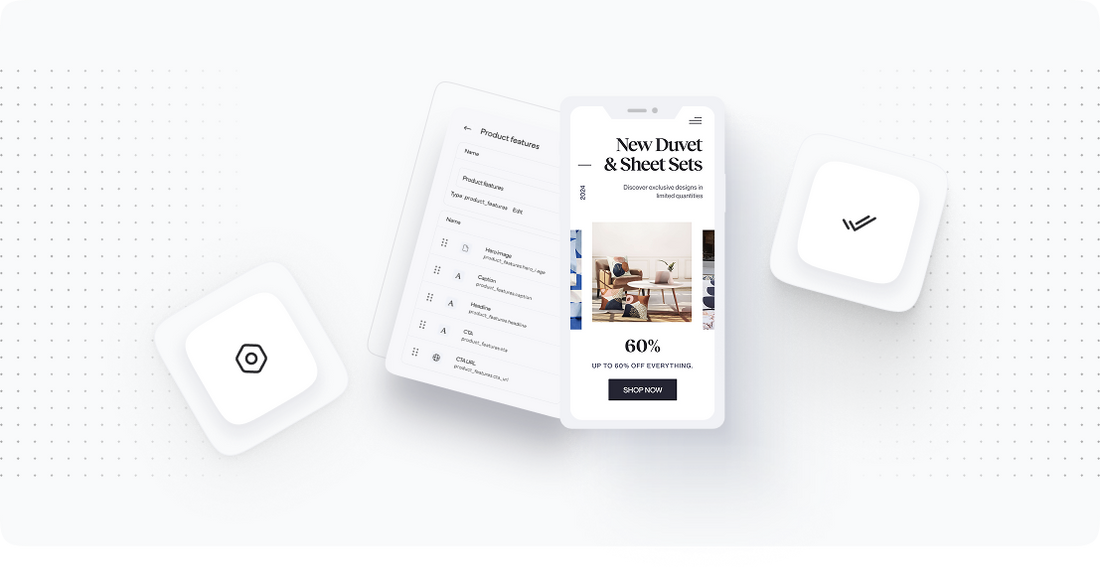
Step 4: Setting Up 301 Redirects
Once the migration is complete, we need to set up 301 redirects to ensure that any traffic to your old Shopify URLs is redirected to the corresponding pages on your new BigCommerce store. This step is crucial for maintaining your SEO rankings and providing a seamless experience for returning customers.
Follow these steps to implement 301 redirects:
- Export Old URLs: Make a list of all the URLs from your Shopify store. This can be done by exporting your product and content URLs to a CSV file.
- Create Redirects: In your BigCommerce dashboard, navigate to Storefront settings and select SEO. Here, you can create URL redirects. Enter the old Shopify URL and map it to the new BigCommerce URL. For example:
- Old URL:
https://yourshopify.com/products/product-name - New URL:
https://yourbigcommerce.com/products/product-name - Test Redirects: After setting up the redirects, test them to ensure they work correctly. You can do this by entering the old URLs in your browser and checking if they redirect to the correct new URLs.
Implementing 301 redirects not only helps preserve your SEO but also ensures that your customers do not encounter broken links when trying to access your products and content.
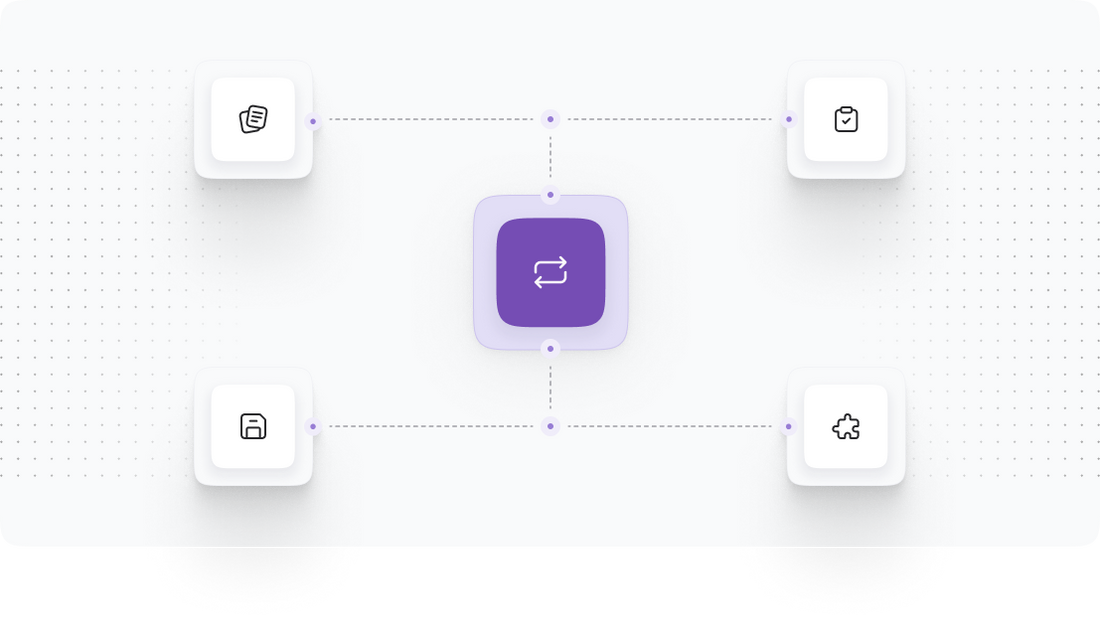
Step 5: Testing Your New BigCommerce Store
Testing your new BigCommerce store is a critical step before going live. This process ensures that all functionalities work as expected and helps identify any issues that may affect user experience.
Here’s how to effectively test your store:
- Check Product Pages: Verify that all product pages display correctly, including images, descriptions, pricing, and variants. Test the add-to-cart functionality to ensure it works flawlessly.
- Review Checkout Process: Go through the complete checkout process as a customer would. This includes adding items to the cart, entering shipping and billing information, and completing a purchase. Look for any errors or issues.
- Test Payment Gateways: Ensure that all payment gateways are functioning correctly. Conduct test transactions to confirm that payments are processed smoothly without any errors.
- Evaluate Shipping Options: Test the shipping options you've configured. Check that shipping rates are calculated correctly based on the customer’s location.
- Review Mobile Responsiveness: Check how your store appears on mobile devices. Ensure that the layout is responsive, and all functionalities work seamlessly on smartphones and tablets.
After thorough testing, make necessary adjustments based on your findings. Once you’re satisfied that everything is functioning as intended, your BigCommerce store will be ready for launch.
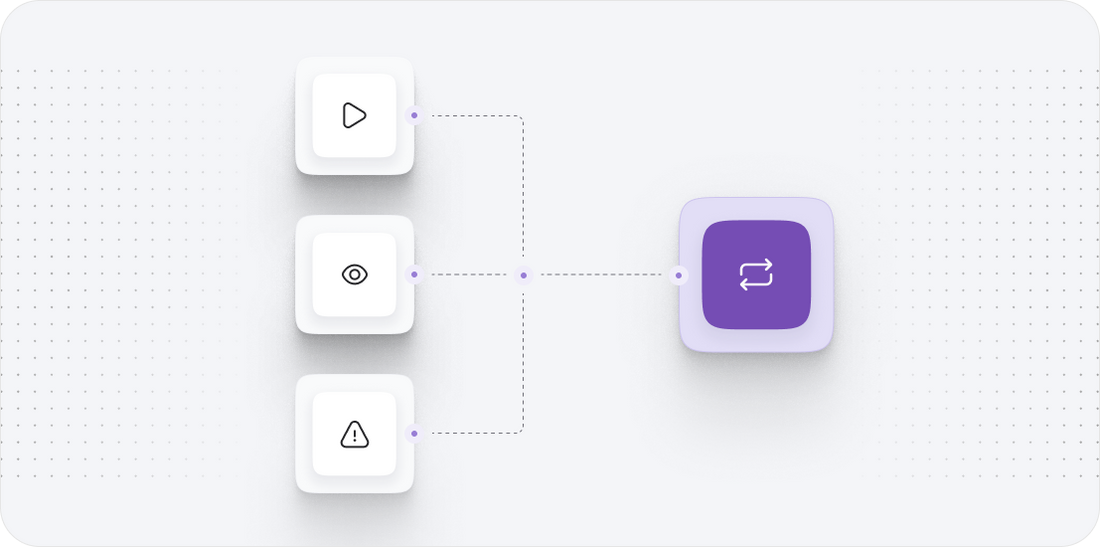
Step 6: Monitoring SEO and Performance
Once your BigCommerce store is live, the next essential step is to monitor your SEO performance and overall store functionality. This ensures that your store remains visible in search engines and continues to attract traffic.
Follow these monitoring practices:
- Use SEO Tools: Implement tools like Google Analytics and Google Search Console to monitor traffic, track keyword rankings, and analyze user behavior on your site. Set up goals in Google Analytics to measure conversions effectively.
- Regular SEO Audits: Periodically conduct SEO audits to check for broken links, page speed issues, and other factors that may affect your search rankings. Tools like SEMrush and Ahrefs can assist in this process.
- Content Updates: Keep your content fresh and relevant. Update product descriptions, blog posts, and other content regularly to improve SEO and engage customers.
- Monitor Customer Feedback: Pay attention to customer reviews and feedback. Address any concerns promptly and use feedback to make improvements.
By actively monitoring your SEO and store performance, you can make data-driven decisions that enhance your store’s visibility and drive growth.
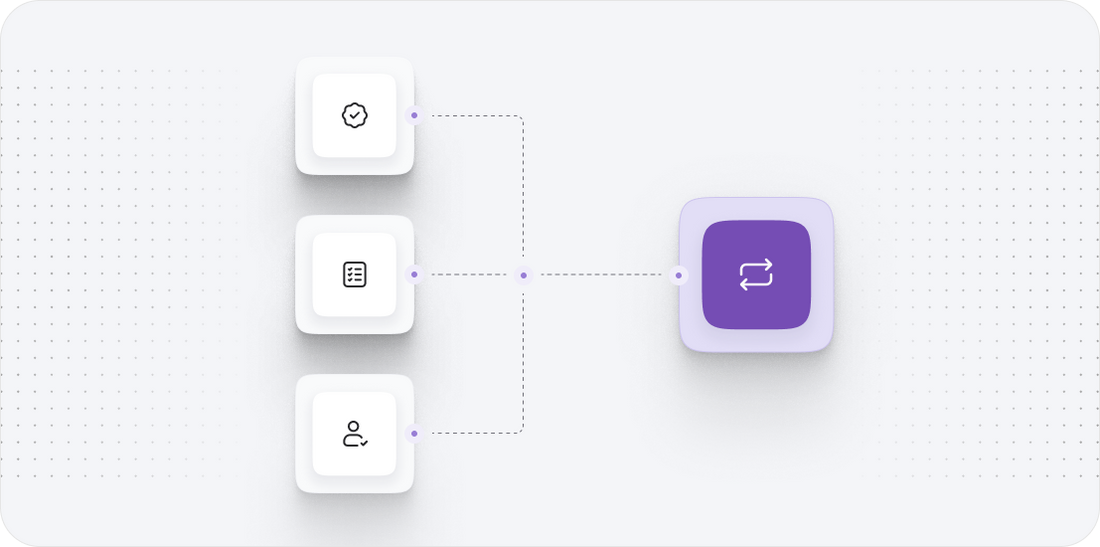
Power Your Step - Get in Touch
Are you ready to elevate your ecommerce experience? At PowerCommerce, we specialize in seamless migrations from Shopify to BigCommerce, ensuring that your business transitions smoothly with minimal disruption. Our expert team is dedicated to providing tailored support and strategic insights to enhance your online store's performance.
Contact Us: Don’t hesitate to reach out for a free consultation!
- Visit our contact form: PowerCommerce Contact Form
- Call us directly at 800-099-9090
- Email us at info@powercommerce.com
Let’s work together to power your ecommerce journey with the best tools and strategies available. Your success is our mission!
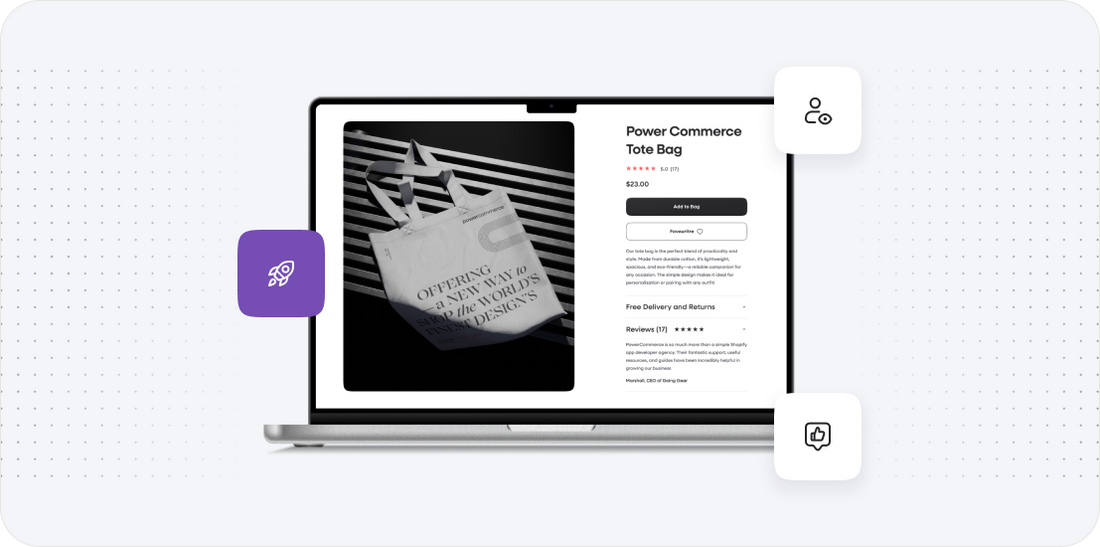
Stay aligned on what's happening in the commerce world
Trusted by 1000+ innovative companies worldwide
Schedule Your Migration Today
For businesses prioritizing simplicity, scalability, and robust support, Shopify is the clear winner.
Looking to migrate without hassle? Power Commerce can handle the entire process, ensuring smooth data transfer, store setup, and post-launch success.
Marka Marulića 2, Sarajevo, 71000 BiH
800-099-9090
info@powercommerce.com
